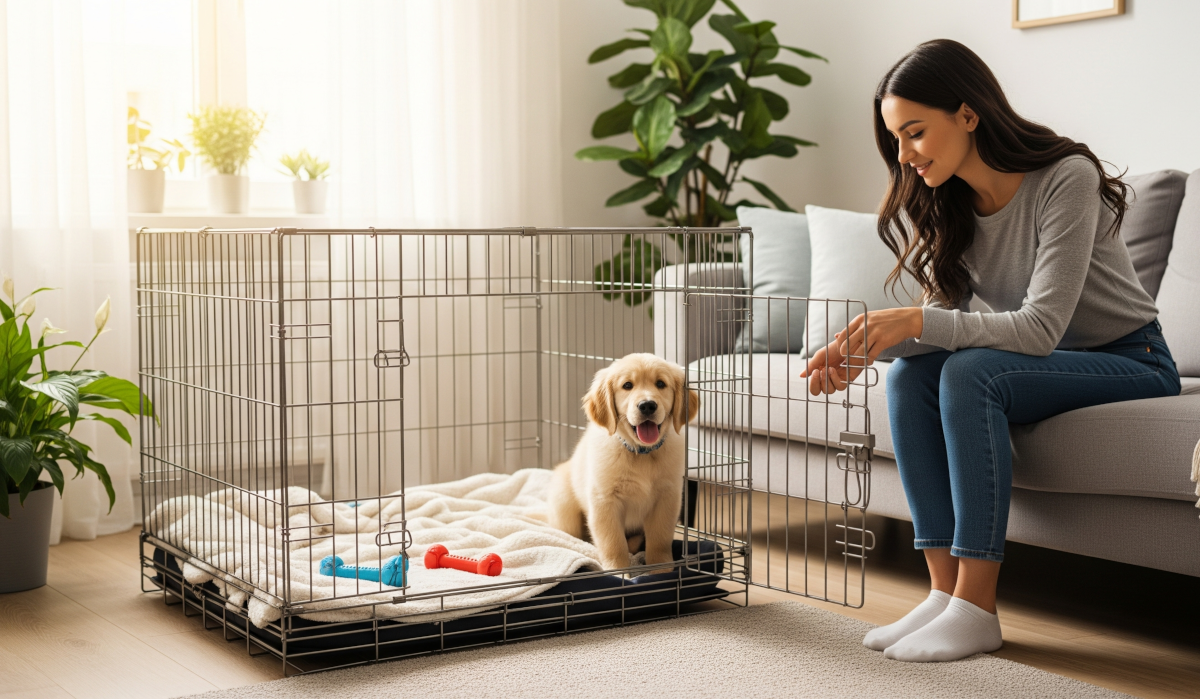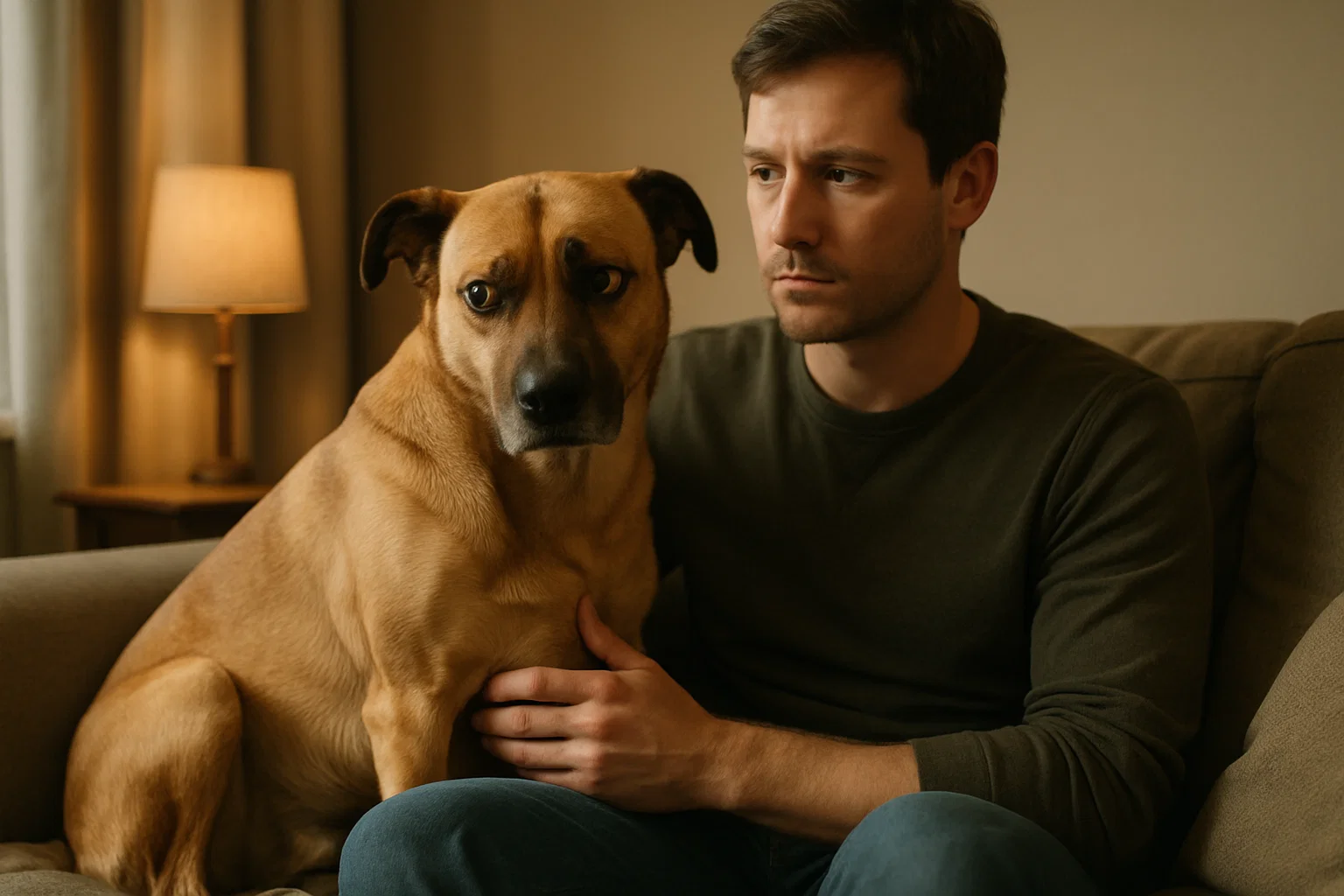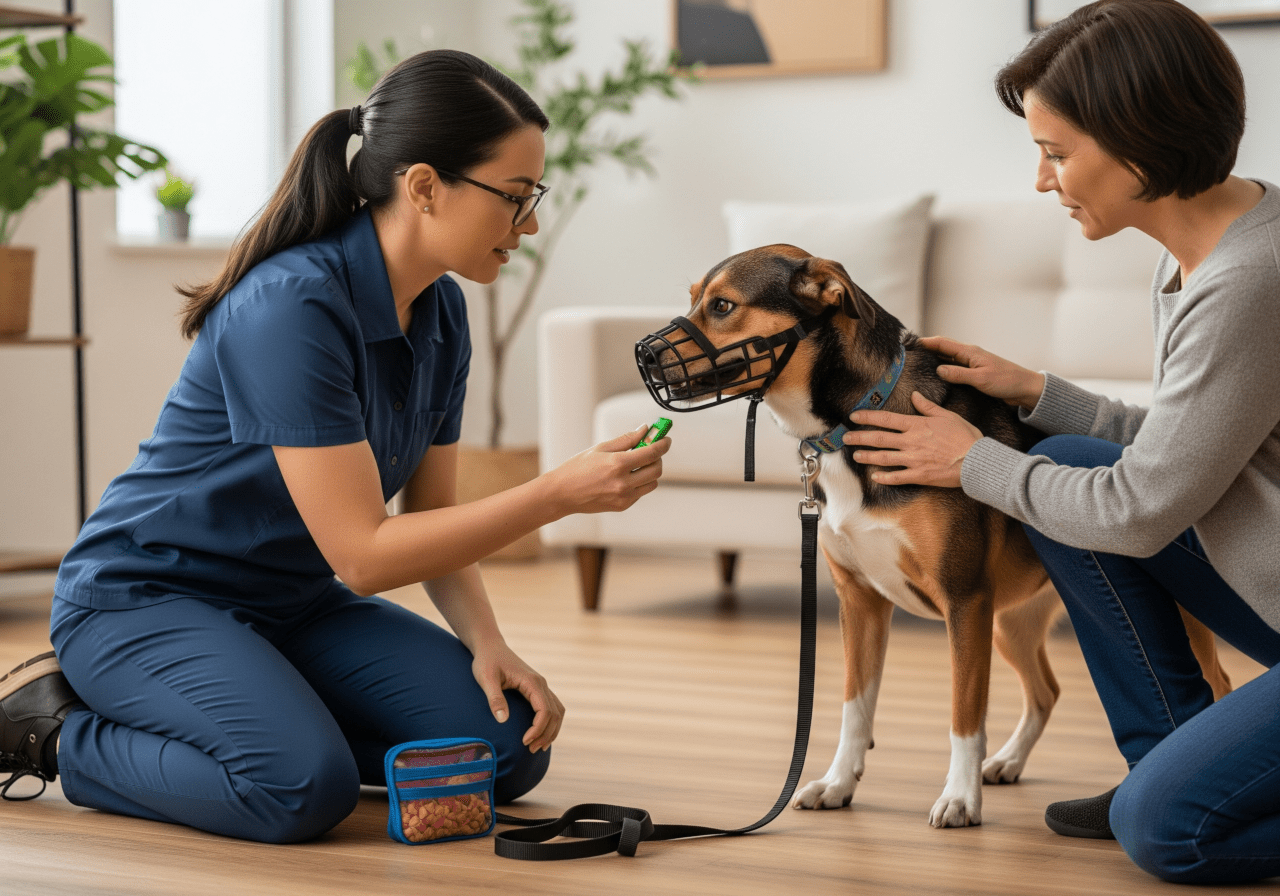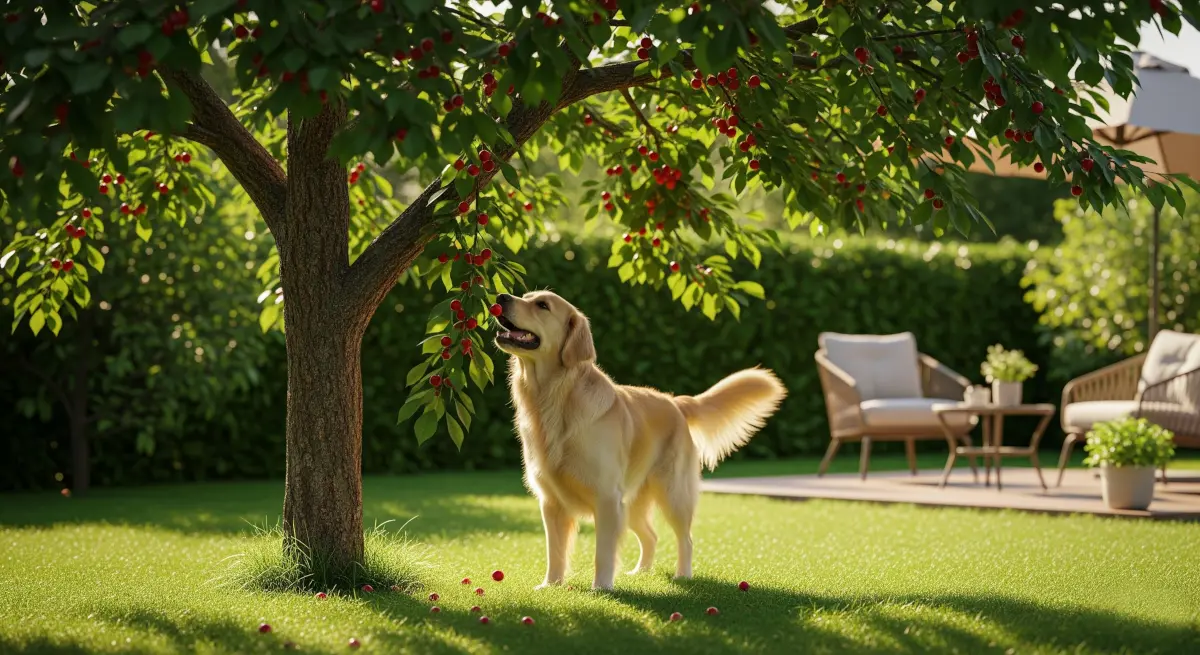Life of Pets – Everything you need to know about dogs and cats, all in one place.
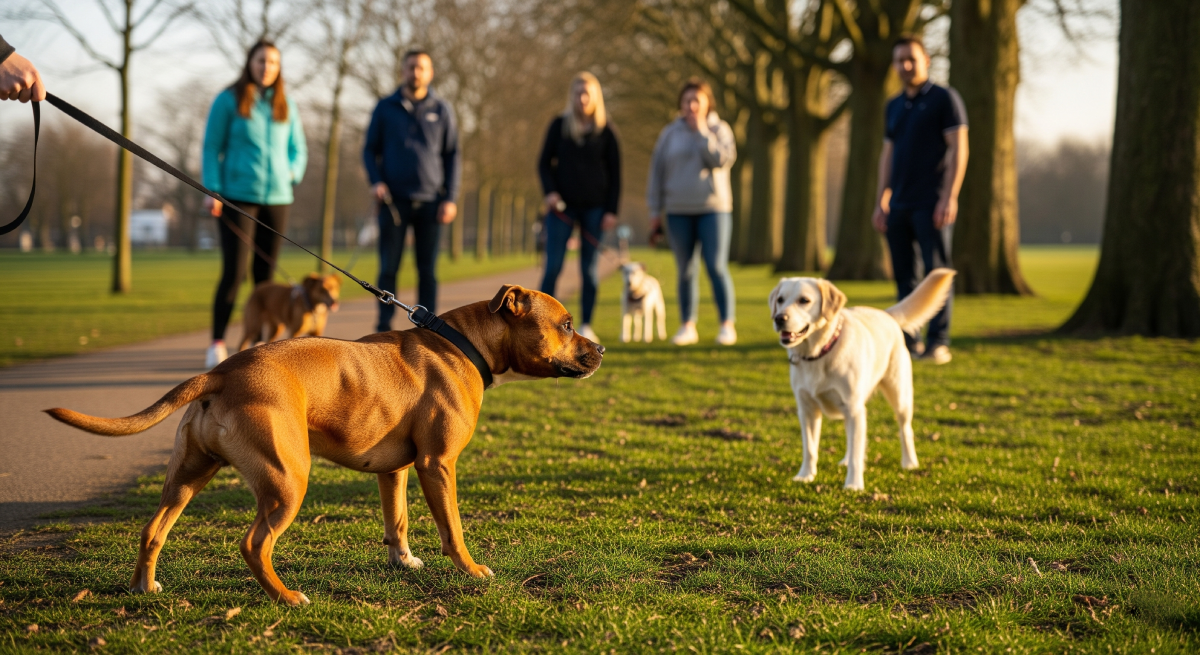
Complete Guide to Dogs That Are Aggressive Towards Other Dogs
Discover how to manage dogs that are aggressive towards other dogs with our complete guide. Transform your pet’s behavior today!
Dogs That Start with A: 20+ Amazing Breeds
Discover amazing dogs that start with A! Explore unique breeds, find your perfect match, and learn essential tips in our…
First Signs of Heartworms in Dogs
Discover the first signs of heartworms in dogs and protect your furry friend. Read our complete guide now to ensure thei…
Puppy Care 101: The Complete Guide for New Dog Parents
Master puppy care 101 with our complete guide! Ensure your new pup’s happiness and health. Click to learn essential tips…

